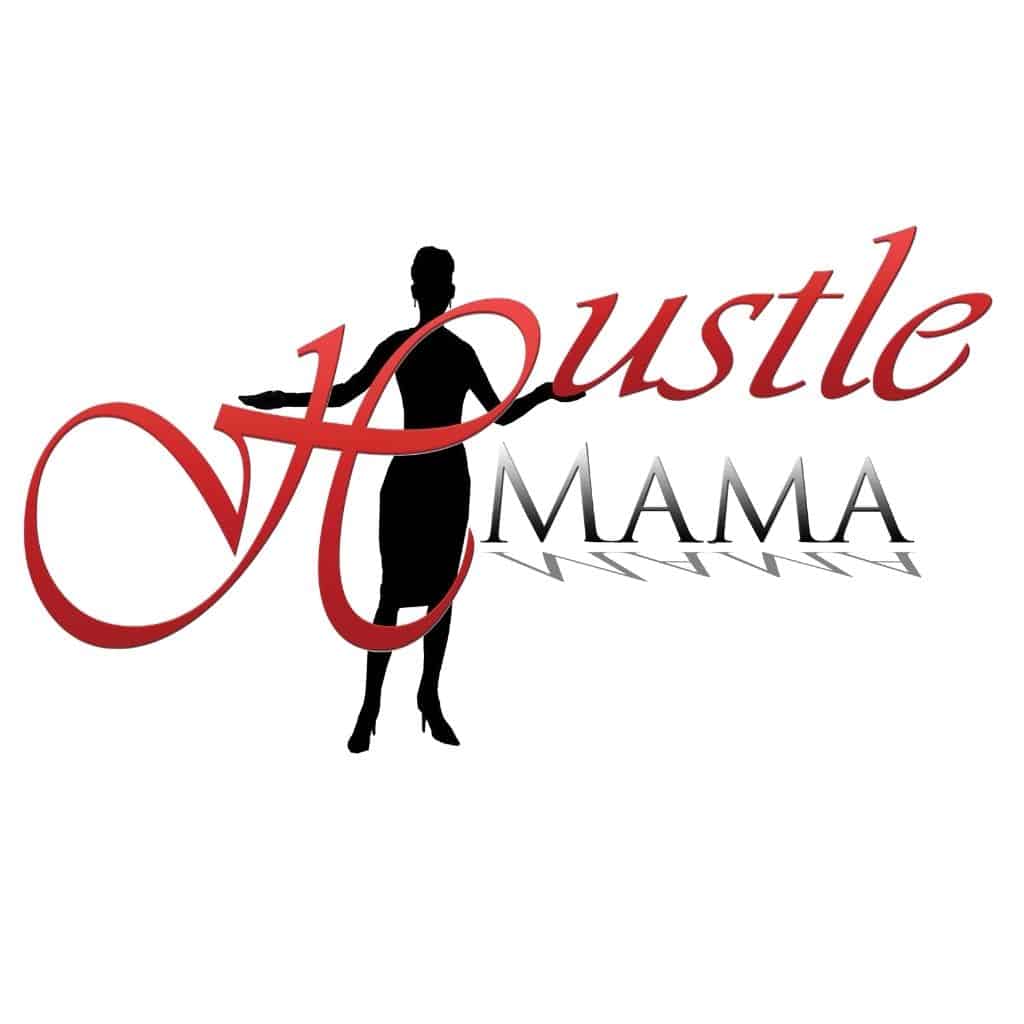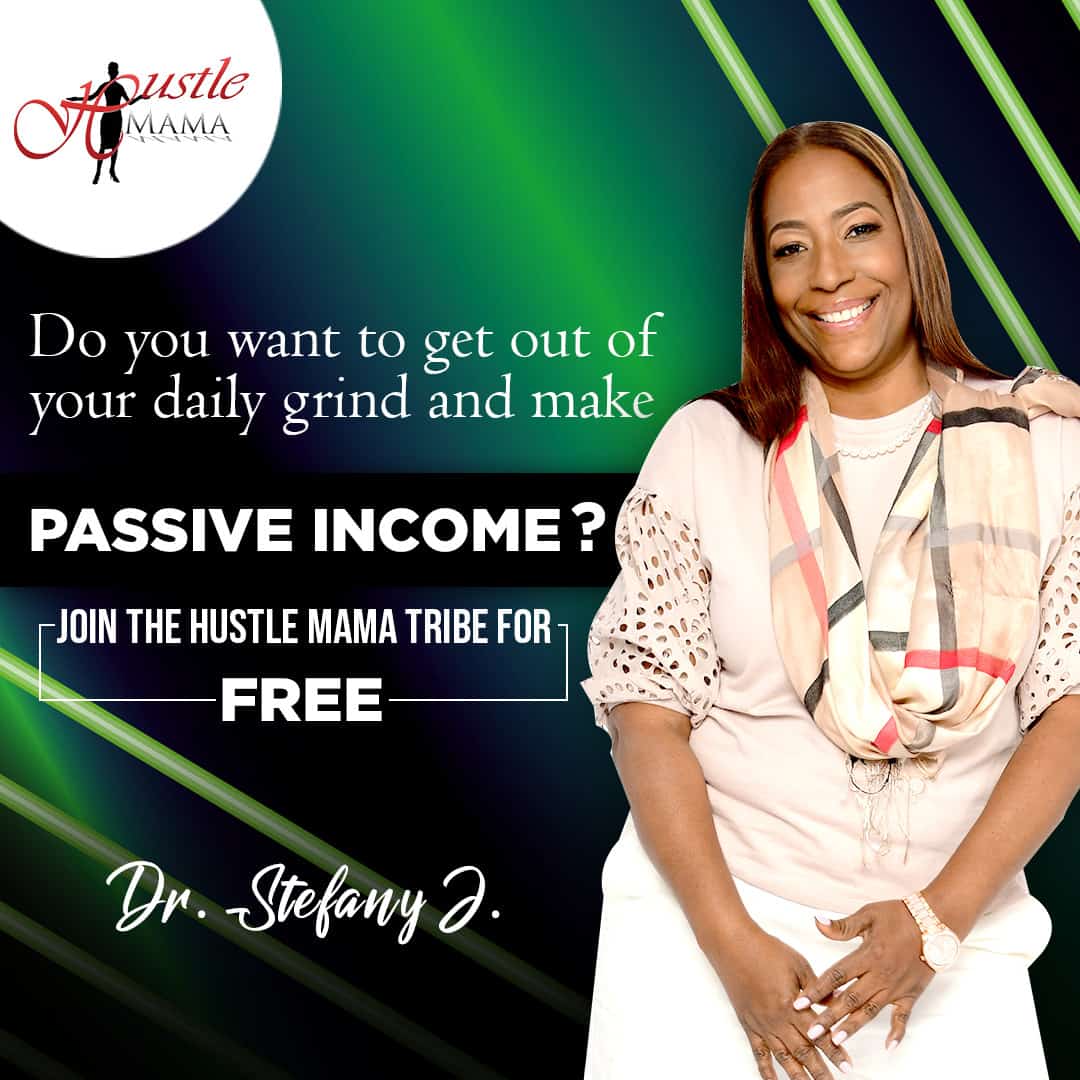Fashion has always been used as a means of expression and women have always played a major role in the fashion industry since it is curetted by them and for them.
But if we want to look at female empowerment through fashion we have to first address how feminism is rooted in the way women dress. Most women who are feminists are often known for their bold statements and their forward-thinking but throughout history, fashion has also played a major role in shattering the stereotypes set by society. Now more women are finding their place in the world through the use of clothing but how did we get here?
The 19th Century Dress-Reform Movement
Amelia Bloomer started a major reform through clothing back in the 19th Century. Although she was slow to address the issues that plagued the women of that time, she soon became an icon for the dress-reform movement and started wearing loose trousers, most commonly known as “Turkish trousers,” under a loose gown.
The dress-reform movement first sparked among the middle-class women of the Victorian era who were concerned about the damage and displacement of internal organs caused by wearing corsets. The dress-reformers denounced fitted and revealing clothing in the name of comfort and practicality. The dress-reform movement has since been called the first feminist movement. This movement also served to be influential in encouraging women to opt for looser garments for athletic activities.
Fashion in the 20th Century
The first major change of the 20th Century took place in the 1900s when Paul Poiret created a new silhouette for women, a silhouette free from the constricting binds of a corset. And in 1911, suffrages took center stage. These women sought a place in the political sphere, wanted equal rights, and wore green, white, and purple to symbolize female empowerment. In 1920, Coco Channel created her signature tweed garments that combined the idea of femininity and masculinity.
After World War II, women were forced to work when their husbands and sons went to wars, and had to dress with utility in mind. The looser dresses and fitted skirts went out of style, and instead, jeans, slacks, boots, and hair scarves earned their way in women’s wear.
Women had taken over setting the tone for fashion while men were away at war. After the war ended, female designers started creating pieces for women using practical fabrics such as gingham, calico, cotton, and rayon and introduced practical footwear such as boots.
Even after so much advancement, society soon regressed back to a post-war mindset until the world was hit by the second wave of feminism during the 60s. This brought into existence what is now notoriously known as the miniskirt. The second wave played a huge part in mixing the female and male styles, and women started wearing more powerful suits and adhering to more traditionally masculine styles.
The hourglass figure was gone, and instead, a boyish figure that made you look more androgynous was now the center of the fashion world.
Era of Representation
The slender boyish figure carried into the 21st Century, and in 2006 tulle, tissue, and see-through fabrics took over the fashion game. This meant that the female body was now something that didn’t need to be hidden or be ashamed of. Women were showing their bodies unabashedly without fear of ridicule and discrimination.
Gender was not a barrier that hindered the choice of clothing in 2016. Colors, textures, materials, as well as all kinds of different aesthetics were being used as an expression of self. The only problem then remained was the lack of black men and women as well as plus-size people in the industry. While there were a few prominent names in the industry since the 60’s such as Naomi Campbell, Tyra Banks, and Winnie Harlow, it wasn’t until recent years that black men and women truly got the representation they needed.
Similar is the case for plus-sized women. In 2013, Eden miller became one of the first designers to dedicate a whole design collection to plus-sized audiences. Now people of all sizes, races, and cultures have the power to fully utilize clothing to express themselves. Women specifically have made great progress in bringing about a change by movements such as “free the nipple,” which allowed them to take off the restrictive clothing that just made to look aesthetically pleasing.
Women influences are using clothing not only to express their uniqueness and individuality but are also to inspire others to do the same. Influencers like Komal Panday, Denis Mercedes, and Maria Castellanos embrace their culture and promote body positivity. We see more representation in fashion than ever before, and even men such as Harry Styles are breaking the gender norm by wearing dresses traditionally associated with femininity. While many may not understand how a piece of clothing can change your outlook in life, it is pretty obvious that women have a very close relationship with fashion. Rather than being about the clothing itself, empowerment comes from being able to dress in garments of your choice is about bodily autonomy and the concept of being free.
For More Feminist Content, Visit the Best Entrepreneur Magazine
Hustle Mama Magazine is one of the best magazine subscriptions that are available for women. They not only cater to all types of female audiences with their wide variety of topics, but they also have tips for women entrepreneurs.
So contact us if you want a subscription to one of the best online magazines.
About The Author
The author loves writing and has always had a very close relationship with fashion. She is a feminist and a firm supporter of bodily autonomy. This is exactly why she gravitates towards writing feminist posts that encourage and inspire other women o take back their po






